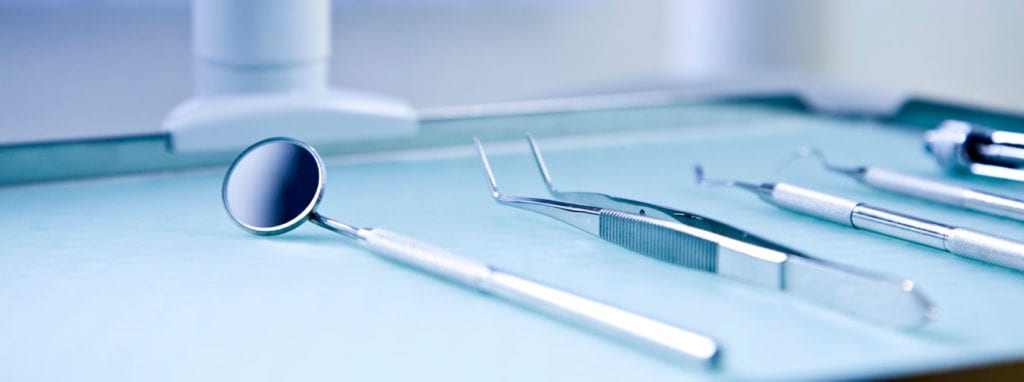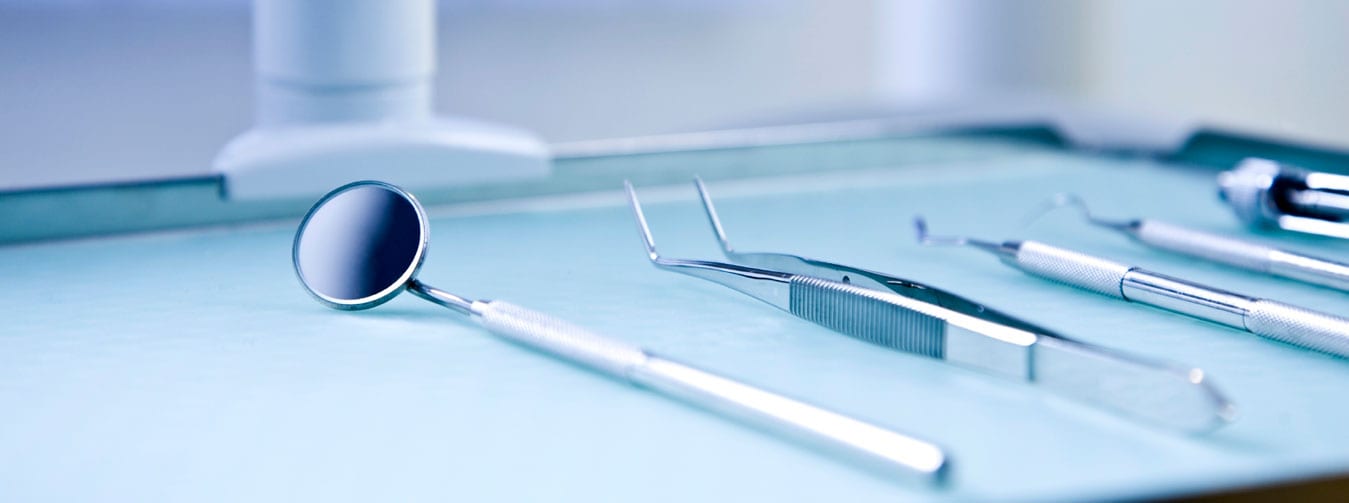
In a last two decades, dental implant treatment has been proven as a standard and safe procedure to achieve an outstanding aesthetic result and also to retrieve a proper masticatory function in the rehabilitation of patients with one or more missing teeth. A multidisciplinary therapeutical approach is necessary to obtain a predictable and long-lasting outcome of the therapy. Dental implant stability and functionality mostly depend on the process of osseointegration, which represents newly formed contact between jaw bone (a natural part of the human body) and an artificial product (dental implant) in it. Several different factors determinate this process, but most important are biocompatibility and technical characteristics of used material, and bone condition. To be better understand what dental implants are and how they work, a review of dental implant types and characteristics is more than helpful.
Characteristics of Dental Implants
Biocompatibility, surface, and design of a dental implant are essential factors for its stabilization and integration in jaw bones. The term biocompatibility means that the implant does not appear to cause any allergic, cytotoxic or carcinogenic effect on the human body. The most common material used for implants is titanium because it has the best properties and is completely inert in the jaw bone. When talking about its design, 70% of today’s implants are screwed form. That shape comes from the fact that if more screw threads it has, a more overall surface is, and as the result of it the better mechanical contact and bond with the bone is made. Initially, implants had smooth surfaces. New research has shown that rough-surface of implants show a higher degree of osseointegration and accelerate bone healing. To be simplified, a dental implant is a small titanium screw (implant body) that is placed in the jaw bone to replace the root of a missing tooth. The implant abutment then can hold a crown, a bridge or a denture.
Types of Dental Implants
Based on their design, attachment mechanism, surface, and type of the material, dental implants are classified into several groups. Two most common types of dental implants, depending on design, are periosteal and endosteal. The first type is placed directly beneath the periosteum overlying the bone cortex (between gums and bone), and it is a form of the metal frame. Its primary role is to support crowns in a lower jaw, but due to the progress of dental technology, this concept is less in use nowadays. A vast majority of modern implants today are endosteal type, which means that they are placed directly in the bone of the upper or lower jaw. Endosteal implants are available in various designs, forms, and materials. The earliest implant designs were one-component devices, i.e., implant body and implant abutment were connected in a single unit. Those implants could only be inserted in a one-stage surgical method and are well known to as “one-stage” or non-submerged implant systems. Today, almost all endosteal implants have similar characteristic: they consist of two parts – the implant body and the implant abutment or trans-mucosal part. The first part (implant body) is placed into the bone socket and covered with a mucoperiosteal flap. The second part (implant abutment) is attached to the implant after a period of healing, in the second surgical procedure[1].
Indications, Plan and Dental Implants Treatment
Before establishing a treatment plan, a dental practitioner should consider a broad and complex set of interwoven factors. An absolute indication for this kind of therapy is the case when the patient is missing one or more teeth. Besides the positive changes in a patient’s appearance, an improvement of chewing ability is an essential benefit from this type of treatment. Prior to surgery, medical and dental history must be carefully evaluated. Treatment planning must begin with a clear picture of the final results, in a dentist mind. A visual examination will give the dentist an idea of whether a fixed or removable restoration would be appropriate, personally for each patient. A computer tomography scan provides the dental practitioner with the availability and location of bone (bone quality and quantity) [2].
This type of treatment will often cause minimal discomfort. Anesthesia is used to eliminate any pain during the procedure. Abovementioned, therapy is usually done in two separate visits, and the time between these visits depends on a patient’s particular case. Some simple cases can take only a few months, just the time to allow for the implant to integrate with the jaw bone. Some more complex cases can take longer. Since the dental implant surgery has been perceived as a costly procedure, the total fee for tooth replacement with dental implants will depend on several factors, including the number of replaced teeth and the number of implants required to support replacement teeth. Also, some additional procedures can be required before the placement of dental implants to ensure the long-term stability of future restorations. It is essential to understand that it is not necessary to replace every missing tooth with a dental implant. For example, in the case that patient is missing four teeth, two correctly placed implants can be enough to support the dental bridge of four crowns.
If you are looking for an experienced dental surgeon, Dental Suite clinic is the right place for you. Dental Suite team will provide you a best possible multidisciplinary therapeutical approach in dental implant planning, diagnosis, and treatment. Their well trained and certified staff will find a precise and effective way to fulfill every patient need. Also, Dental Suite clinic offers various implant system to meet the patient’s financial needs. They offer two types of implants: standard and deluxe implants. The benefits of each can be discussed in the initial consultation. So if you are looking for a dentist for dental implants in Leicester and Loughborough, please contact Dental Suite practice for a free consultation.
